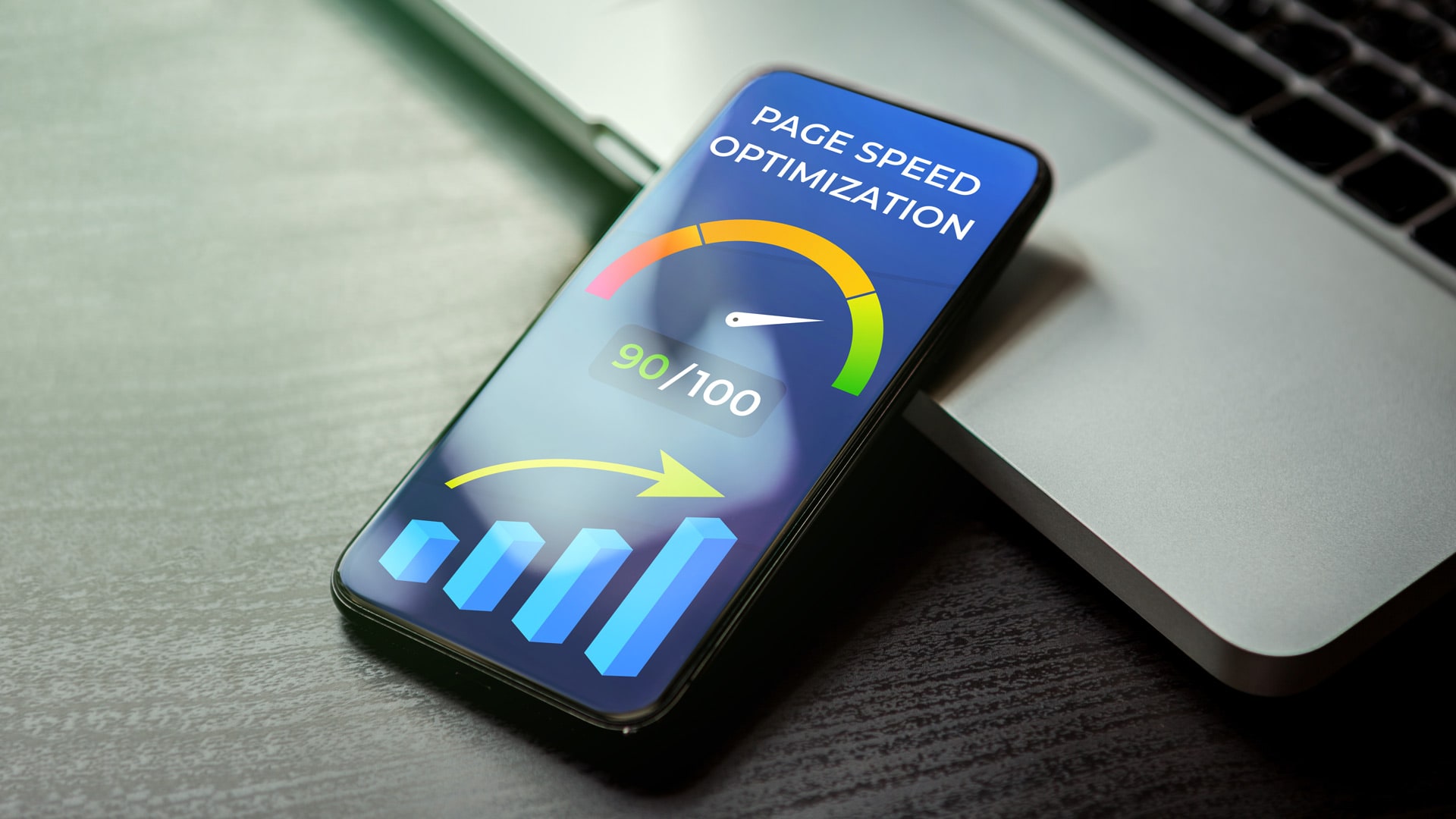When it comes to optimising your website for search engine results, one area that may not be top of your list is improving the speed of your site pages. But maybe it should be!
The need for speed
Page speed is a very important factor in getting your website to rank higher in search engines, including Google. Back in 2010, Google announced that page speed would be a ranking signal for desktop searches but with the huge shift of web traffic now coming from mobile devices, this was updated in mid-2018 to include mobile searches.
A faster website reduces the bounce rate of your pages which not only improves how search engines view your site, but also improves the overall user experience for your visitors.
How fast I hear you ask? While this can be dependent on your target audience, it’s long been accepted that website pages should load within three seconds to prevent a mass exodus. This seems to be backed up by Google’s industry benchmarks.

Analyse your site speed today
To understand how fast your site and pages are we need to run a speed test. Fortunately, there are a number of online resources to help in this area. One prominent resource is the PageSpeed Insights tool from Google, where you enter your page URL and it analyses the page load times. Once the test is complete the tool provides you with guidance on where improvements are needed and the difference they could make. The guidance is very useful however it may not offer you the clearest instructions for how to make these improvements yourself if web development is not your area of expertise.
At Ramsay Interactive, we have been helping businesses optimise their website pages for speed, in addition to the content and SEO reviews, and we can do the same for you.
Reducing the bloat
Some common causes of slow pages are large image files, bulky assets and unnecessary code. Luckily, there are some relatively straight-forward tasks you can do to improve your sites page speed, even if you’re not very familiar with web development.
Reduce your image sizes
If you’re uploading a photo from your phone, or downloading a stock image, the chances are the size of these images will be much larger than we want, especially for a website being loaded on a mobile device. Some content management systems (CMS), like WordPress, will automatically crop and compress these large images into more optimal sizes, but it’s always best to upload the image at the size you actually need first. For example, if the image you’re uploading will only be used as a headshot of a team member and displayed at a maximum width of 240px, we don’t need to upload a 3000px wide photo of that person straight from the camera.
Format can also play a big role in size. For example, a photo is best uploaded as a JPEG, while you might find that a single colour image is best served as a PNG. ‘Next-generation’ image formats such as WebP and AVIF offer greater compression while retaining the image quality but you generally need specific tools to create this type of image. Some CMS systems will offer integrations or plugins to provide this file format for you.
Use an external host for your videos
Video files can be very large in size and if you’re adding them straight to your page, the browser will struggle to display the content in a reasonable time. By using a video hosting platform like YouTube or Vimeo, you can prevent this hold up. These video platforms will compress your video and create several versions of it, tailoring each to an individuals browsing bandwidth and device, to ensure you’re always served the most appropriate video size. You would then just use the video embed code and add that to your own page.
Deactivate any plugins you’re not using
For those using WordPress or other CMS, you have probably looked around for a nice theme and applied it to your site. A lot of themes now come bundled with a number of plugins to offer you the most flexibility but if you’re not using them, they are just adding bloat to your site. Deactivate (or remove) any unused plugins which will not only speed up your site but also offer greater site security. We would always recommend creating a backup before doing this.
Optimising your fonts
If you are using custom fonts on your website, this could be an area for improvement. Font assets can be quite large and when you add variants to them, such as bold or light, the total size can quickly add up. Files that are TrueType (.ttf) can usually be found on your computer but these are typically larger than compressed web fonts, such as WOFF or WOFF2, so changing the format could provide meaningful benefits. There are tools online to convert the font files from one format to the other if this applies to you, or they can provide you with optimised files they host themselves.
Conclusion
The speed of your site is one ranking factor in getting your site listed well on search engines such as Google, but there are several other key factors that can also have an impact.
If you’re concerned about your ranking and would like to know where else you can improve, get in touch with us and we would be happy to review your current experience.